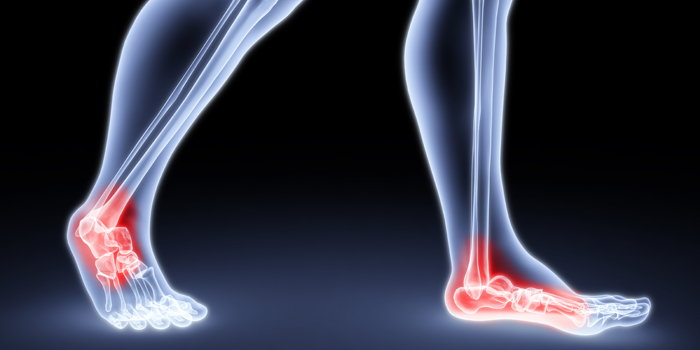
Here are a few beginner drills I like to use with clients when we first need to establish the glute and medial arch connection. This is crucial for foot and femoral stability. Keeping the femur centered in the glute via good glute med activation is crucial to producing power and force in the squat and dead lift. Being able to create torque by creating internal tibial rotation (relative to the femur) allows force to be driven through the kinetic chain lower limb.
The first exercise is tying the medial arch foot muscles to the glute via internal tibial rotation, hip external rotation, and pelvic neutrality. Working this movement in the single leg position allows one to really focus on all the necessary mechanics one leg at a time.
The second drill allows one to begin loading the same kinetic chain in the same stance by standing on one leg. The same principles apply. If one cant stand on a single leg while creating force in this position trough the foot all the way up the leg into the glute and pelvis then loading in a double leg stance in the squat or dead lift will lead to compensation and loading issues. When you cant properly load the correct tissues and they lack the capacity to accept that force or load that’s when injury occurs. Weather its a build up over time or its an acute injury. It will happen.
Keys:
- Starting with the foot your intent is to create a clockwise rotation of the foot while driving your big toe and big toe pad into the ground. By creating this intent and resisting it you essentially create torque at the mid foot, which is stability.
- Slight external rotation of the knee via the glute externally rotating will allow the tibia to be internally rotated in relation to the femur. This creates an optimal line of force to push through.
- Lastly a slight posterior tilt and Abduction of the knee and hip allow the glute to properly and more effectively engage.








